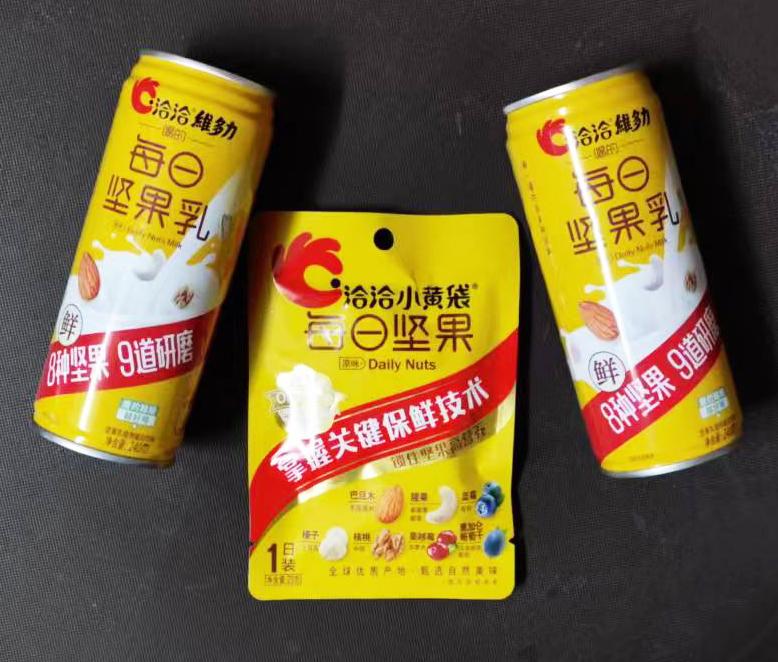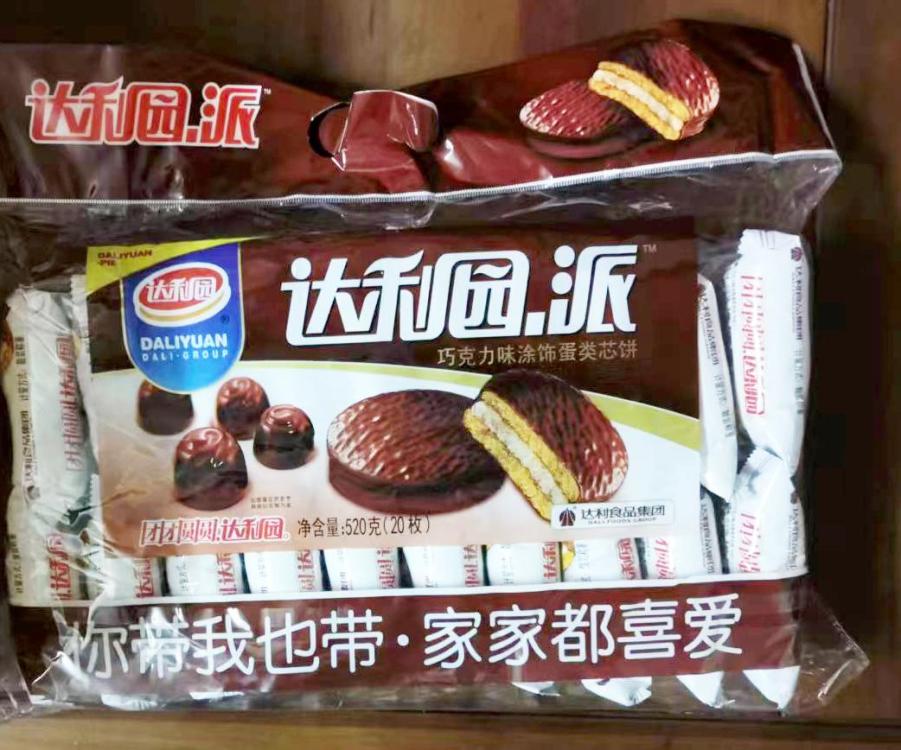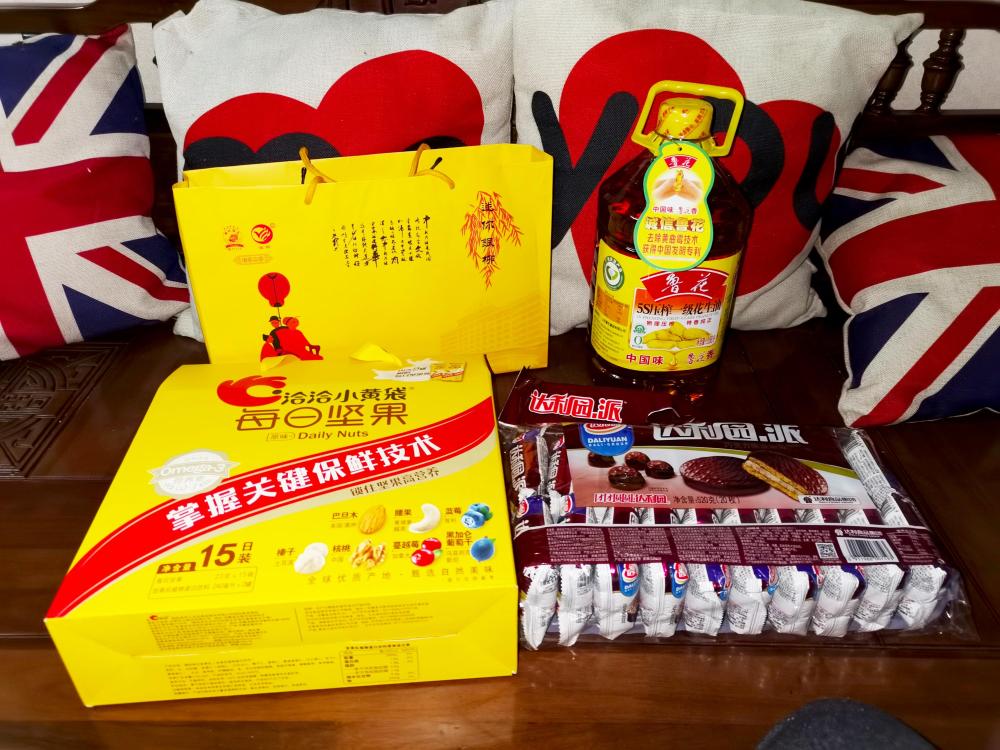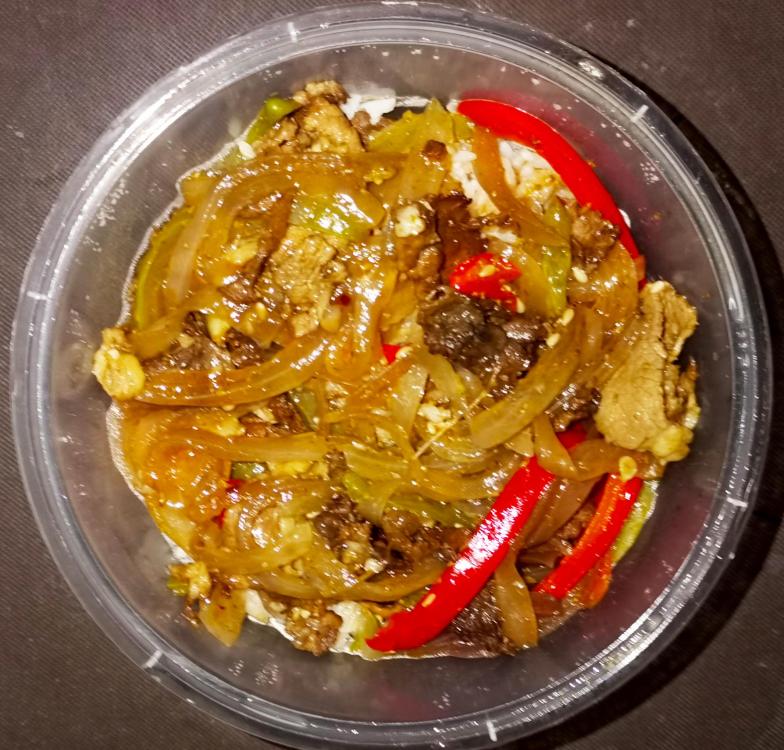-
Posts
16,751 -
Joined
-
Last visited
Content Type
Profiles
Forums
Store
Help Articles
Everything posted by liuzhou
-
Yes, same brand. 'Haday' seems to be the name they use for export. In Chinese it's Hai Tian which is less easy to pronounce correctly unless you know how.
-
Sure. Much of it is made by small producers who don't get into the export market. Can you get 海天 (hǎi tiān) brand in the UK. It is the most popular (and the largest soy sauce company) in China? It's not the best but reasonably good at an affordable price.
-
Usually, it means light soy sauce. Dark is normally described in full. Yes, as I mentioned, dark soy sauce is mainly used for colour and in small quantities.
-
Most people I know would have one of each, yes. I have seven at the moment, but I'm not normal (or Chinese). Pearl River Bridge is not really considered the best here but generally more so than LKK. In fact, neither are even available in most stores.
-
Ah. The Woks of Strife! I wouldn't trust them to cook rice! Mushroom flavoured soy sauce is a whole other thing. https://www.nutritionix.com/food/dark-soy-sauce
-
The brands I would recommend are probably not available where you are, although Pearl River is much more respected and is widely available in the US as you have said. My point is that dark and light soy sauce are two different things of equal value, but different functions. Apples and oranges tofu.
-
Yeah. But it is used in much smaller doses than light.
-
Nonsense. Dark soy sauce is widely used in Chinese cooking for colour, as I said. Colour is just as important as flavour in Chinese cuisine. It isn't used for flavour. Maybe a waste in American cuisine. LKK is the Heinz of China. Low grade. And oyster sauce is Cantonese, which accounts for about 4% of China.
-
On average, one tablespoon of dark soy sauce contains 879 milligrams of sodium. Whereas regular soy sauce contains 1000 mg.
-
In China 'light soy sauce' is the norm, too. Low sodium sauce is clearly marked as such.
-
🙄🙄🙄 It's the other way round. Dark is less salty and mainly used for colour. Molasses sounds totally wrong to me, although some cheap (and nasty) brands do add molasses to their recipe. Too sweet. Can you find mushroom soy sauce? If not, Kikkoman is technically more akin to a dark soy sauce than to light. I agree that rice vinegar is not a substitute for mirin, but I don't agree that the vinegar in the recipe is being used as a substitute. It is surely being used to give a hint of acid to balance the rest of the sauce, which you wouldn't get from mirin. Now I'm going to put my eyes back in and have a long lie down. Good luck with the recipe. It sounds fine.
-
Wagon Wheels were invented in Britain by Burton's Bakery Co. which still makes them. The company started in 1935, although the Burton family had being make biscuits since the mid 1800s. They still sell 125 million Wagon Wheels a year in the UK alone. In 2013, the company was bought by Ontario Teachers’ Pension Plan, who in turn sold it on in 2021. It is now owned by a Ferraro related company. Still based in Birmingham, England they sell Wagon Wheels in 170 countries around the world. Those I received are a Chinese clone. and although it's over 60 years since I ate an original one, they appear very similar to what I remember. Not very pleasant. The Chinese name has no relation to Wagon Wheels, though; it translates as 'Daily Garden'. The company, Dali Food Group was founded in 1989 and is headquartered in Hui'an, Fujian Province, opposite Taiwan. It seems they entered China during the British rule of Hong Kong. https://www.burtonsbiscuits.com
-
On further investigation of the gifts above, I discovered that the contents of the ‘nuts’ box were a couple of cans of nut juice and several packs of nutty things. Almonds from Australia / USA, Cashews from Vietnam, Hazelnuts from Turkey, Walnuts from China, Cranberries from Canada, Blueberries from Chile and Blackcurrants from Uzbekistan! The cakes were these. Mooncakes will be investigated tomorrow on Mooncake Day.
-
Compared to my usual meals, yes. Frog does tend to be a bit more expensive than other proteins. More fiddly to work with, I suppose.
-
Despite yesterday's miserable deliver dinner, tonight I took my fate in my hands and ordered again from a previously untested restaurant. 蒜米炒牛蛙 (suàn mǐ chǎo niú wā), which is stirfried bullfrog with whole garlic cloves. The other main ingredients were red onion, ginger, chilli, soy sauce and Chinese cooking wine Hallelujah! It was excellent. Garlicky, spicy, and frog-sweet. A winner. Served with rice, natch. ¥42.80 / $5.86 USD
-
I don't mind peanut oil at all in Chinese food, but rice bran oil is my go-to. I'm just glad they didn't choose cØrn oil! I'm itching to cook in anything except devil oil!
-
Tomorrow (29th) is the Mid-Autumn Festival which moves around like Easter does. Sunday, October 1st, is China's National Day (the 74th Anniversary of Mao declaring the People's Republic from the balcony of the Forbidden City in Beijing) and is celebrated with a week long holiday. This year the two abut so are being combined into an 8 day holiday. So everything stops at 6 pm tonight until October 7th. This afternoon, two people from the local government turned up at my door bearing gifts. Back left is a box of mooncakes, the traditional gift for Mid-Autumn Festival and front left are a load of assorted nuts. Back right is 5 litres of peanut oil while in front are some small cakes. They also brought ten 100ml cartons of UHT milk and 20 rolls of toilet paper. Happy Mooncake Day!
-
Here we have the ugliest presentation of delivered food I've ever seen. 新疆孜然羊肉盖饭 (xīn jiāng zī rán yáng ròu gài fàn), Xinjiang cumin lamb over rice. Didn't taste much better. From a local Xinjiang restaurant. ¥23.90 / $3.27 USD. Won't be revisiting. ¥23.90 / $3.27 USD
-
I am sure there are at least dozens of books with pâté en croûte recipes out there. It is going to be difficult to pin down with such scant detail. Do you remember anything else?
-
First recorded in 1959 in yes, Canada.
-
Mices can get in through the smallest gaps. I once saw one wriggle in to my house in Hunan through a firmly, so I thought, closed window. He or she attempted to leave abruptly though when Nora Mao, my cat took issue with its presence and had it for breakfast.
-
It might be an old-age thing, but I do get occasional cravings for the strangest things that I never particularly liked when I was younger. These are nearly all savoury items. Minced beef pies. Steak and kidney pies. Yeah, pies come into my craving repertoire a lot. Rhubarb pies or crumbles. Gooseberry ditto. I suspect it's largely because I can't get them here and have no oven to make them in, anyway. Also, can't get fresh rhubarb even though it is native to China; it all gets dried and used in the TCM nonsense.
-
Corona beer isn't so bad that they have to cancel a beer festival, is it? Oh! Wait. Yes, probably! 🤪
















